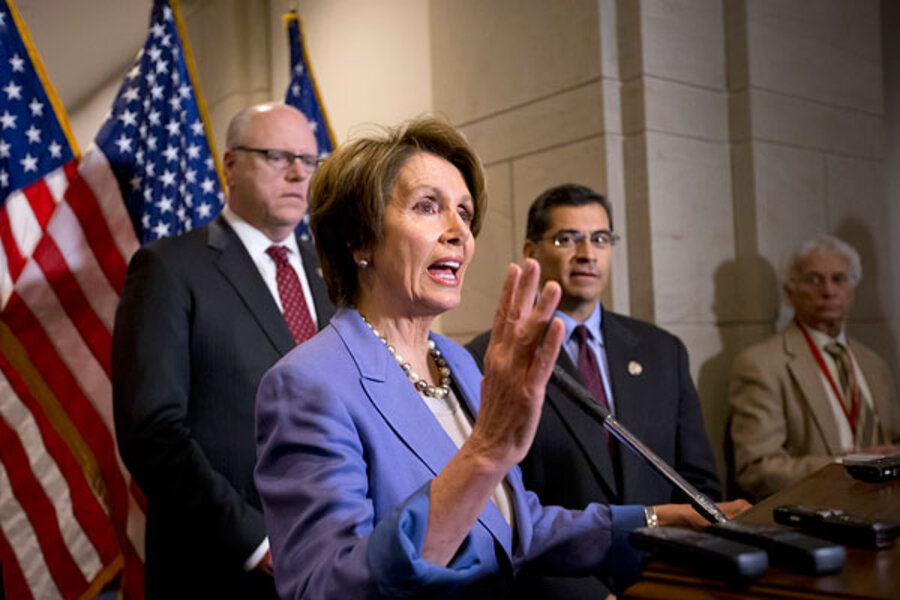In 2011, a newly minted Republican majority in the House set up the debt-ceiling fight as the first and best moment to flex its fiscally conservative might. With the president and House Democrats getting “shellacked” in midterm elections, as Obama put it, the wind was at the back of conservative lawmakers pining for spending cuts.
The debt-ceiling standoff of 2011 ended with more than $1 trillion in spending cuts in the way of caps on future government spending and an undefined $1.2 trillion in further spending reductions that Congress still hasn’t found (the sequester). But the solution to that crisis was what Republicans wanted – spending cuts.
In 2013, it’s Democrats who are on the upswing with a reelected president, a wider Democratic majority in the Senate, and a smaller Republican majority in the House.
More Americans identify as Democrats (47 percent) than Republicans (42 percent), according to a Gallup Poll released Wednesday, breaking an even deadlock in party identification in 2010 and 2011.
And in the most recent confrontation over the "fiscal cliff," not only did the solution come entirely in the form of more than $600 billion in higher taxes, a Democratic demand, but Democrats appear to have won the public-relations battle. A majority of Americans (52 percent) approved of the president’s handling of fiscal cliff negotiations, while only 31 percent approved of Speaker Boehner’s performance (versus 51 percent disapproving), according to a Washington Post poll.
Moreover, House minority leader Nancy Pelosi (D) of California told reporters Friday that the fiscal cliff deal set the stage for how the sequester should be handled: It shouldn't be all cuts, but half new tax revenue. The comment points to Democrats' confidence heading into this debt-ceiling fight.







